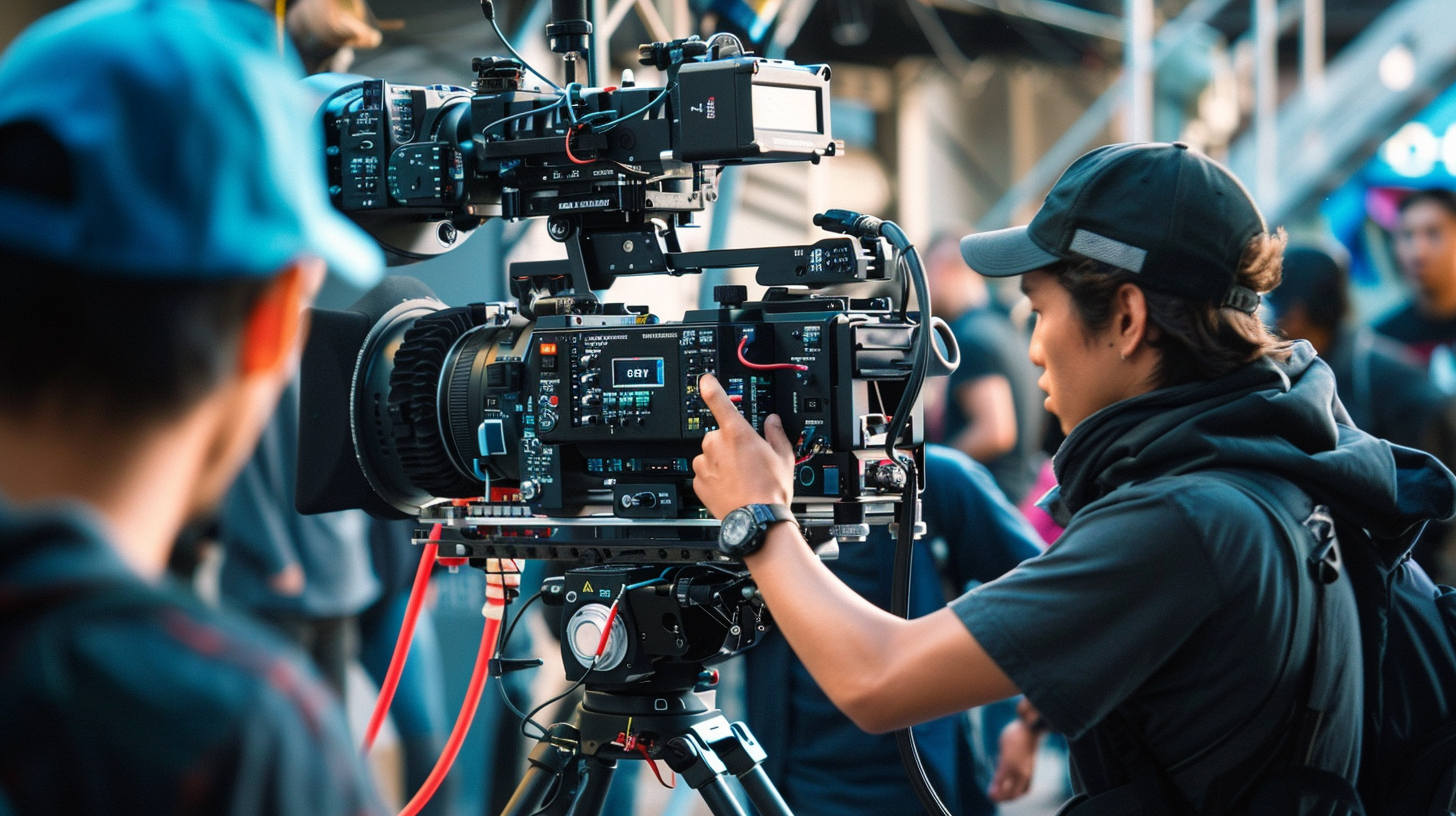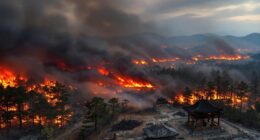Brazil’s amphibians face an escalating crisis as climate change intensifies drought conditions. With their permeable skin, species in the Amazon and Atlantic Forest are especially vulnerable to dehydration. Rising temperatures could eliminate up to 36% of amphibian habitats under a 4°C warming scenario. Each hour of lost activity means fewer opportunities to feed and reproduce. Conservation efforts are racing to protect moist microhabitats where these ecological indicators struggle to survive.
As Brazil faces increasingly severe drought conditions, the country’s rich amphibian populations stand at a vital tipping point. Home to unparalleled amphibian diversity, Brazil hosts ecological treasures in both the Amazon and Atlantic Forest regions. These areas contain some of the highest concentrations of frog, toad, and salamander species on Earth, with the Atlantic Forest alone supporting over 700 anuran species.
Climate projections paint a grim picture for these moisture-dependent creatures. Under a 2°C global warming scenario, over 15% of amphibian habitats will experience significant drying. If temperatures rise by 4°C, that figure jumps to 36% habitat loss. For amphibians confined to Brazil’s “Arc of Deforestation,” where land clearing meets climate change, the outlook is especially dire.
The threat comes from amphibians’ unique biology. Their permeable skin allows rapid water loss, making them extremely vulnerable to dry conditions. When drought combines with heat, dehydration rates can double in some regions. Amphibians must retreat to shelters during dry periods, limiting essential time for feeding and reproduction.
Amphibians face double jeopardy as their moisture-dependent skin makes drought and heat a lethal combination, forcing survival over thriving.
Brazil’s endemic species face the highest risks. Many species live in extremely limited ranges and cannot relocate when conditions deteriorate. The small golden frog Anomaloglossus tepequem, once found in Roraima, is already presumed extinct following climate shifts in the 1990s. The unique Brazilian species are vital for ecological balance in their respective habitats by regulating insect populations and serving as indicators of environmental health. High-altitude species face similar threats as rising temperatures push cloud formations higher, drying out formerly moist habitats.
Scientists project that by century’s end, amphibian activity time could drop by 26% due to combined heat and drought effects. This represents a far greater impact than either factor alone. Each lost hour means less time to find food, defend territory, or reproduce. Terrestrial and arboreal species are particularly susceptible, with research showing habitat threats of 36% due to decreasing water availability.
These climate pressures arrive as Brazil’s amphibians already battle other threats. Deforestation continues in both major forest biomes, while urban expansion fragments habitats. About 40% of amphibian species worldwide face extinction risk, with Brazil’s cases often linked directly to climate factors.
The IUCN reports that climate-related declines account for about 30% of amphibian population losses globally. Particularly sensitive genera like Holoaden and Thoropa show concerning population trends in Brazil’s changing landscapes.
The drought threat extends beyond Brazil’s borders. Similar patterns affect amphibian hotspots in Central Africa, southern Australia, and parts of North America. However, Brazil’s exceptional biodiversity means it has the most to lose from intensifying drought cycles.
For Brazil’s frogs, salamanders, and caecilians, the race against drying habitats has already begun. Their future depends largely on how quickly global emissions can be controlled and how effectively local conservation efforts can preserve the moist microhabitats these unique creatures require to survive.
Conclusion
As Brazil’s drought conditions worsen, the future of its amphibian species hangs in the balance. Scientists warn that without immediate action to protect these sensitive animals and their habitats, many species could disappear forever. Conservation efforts, including habitat preservation and climate change mitigation, aren’t just important for frogs and toads—they’re essential for maintaining Brazil’s rich biodiversity and ecological health.








